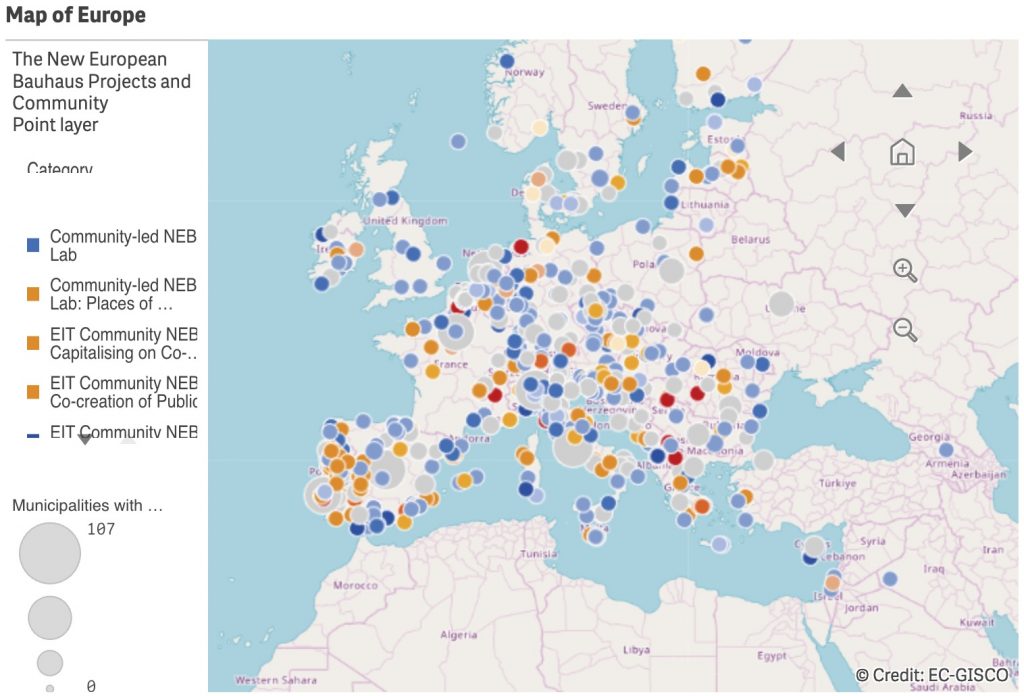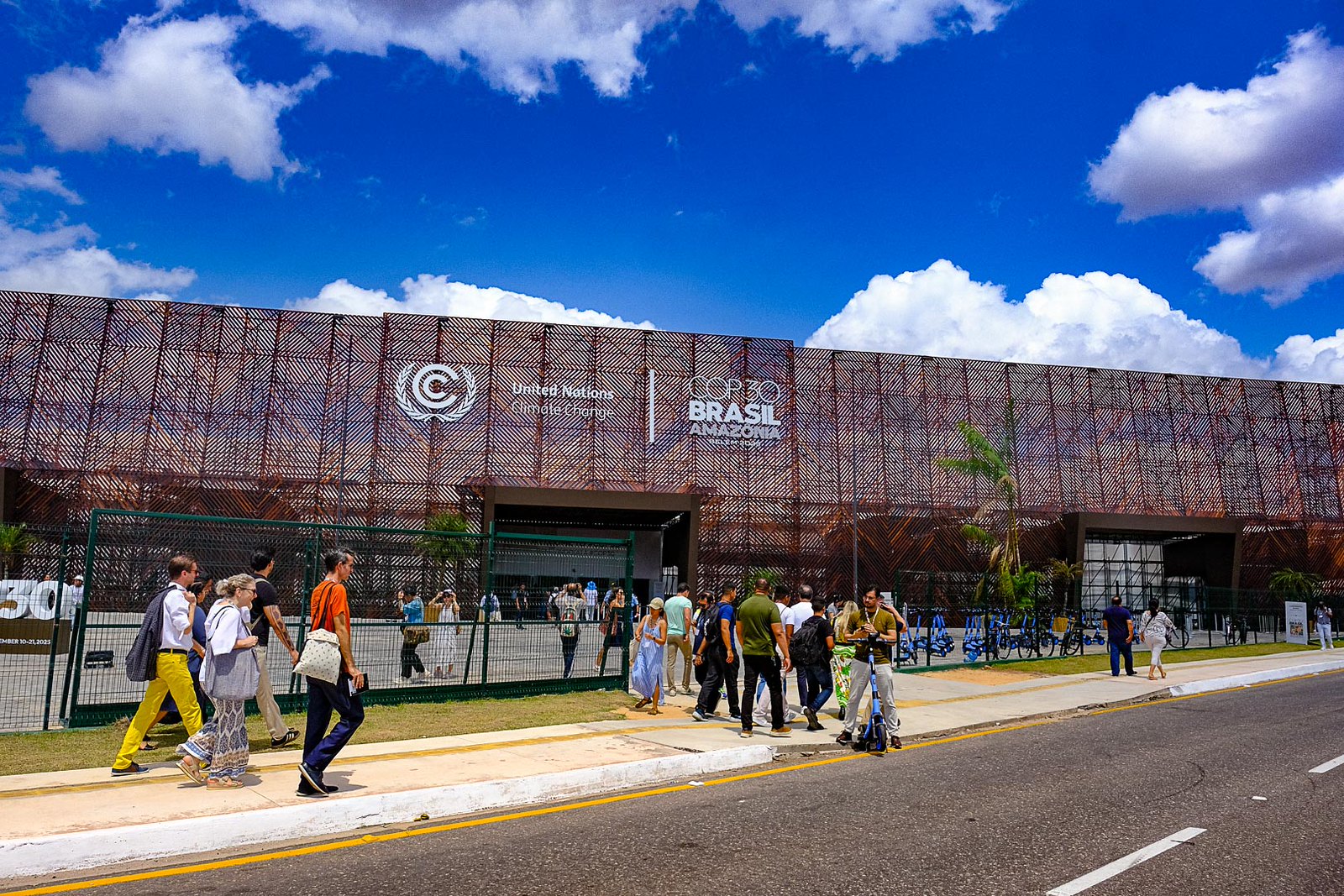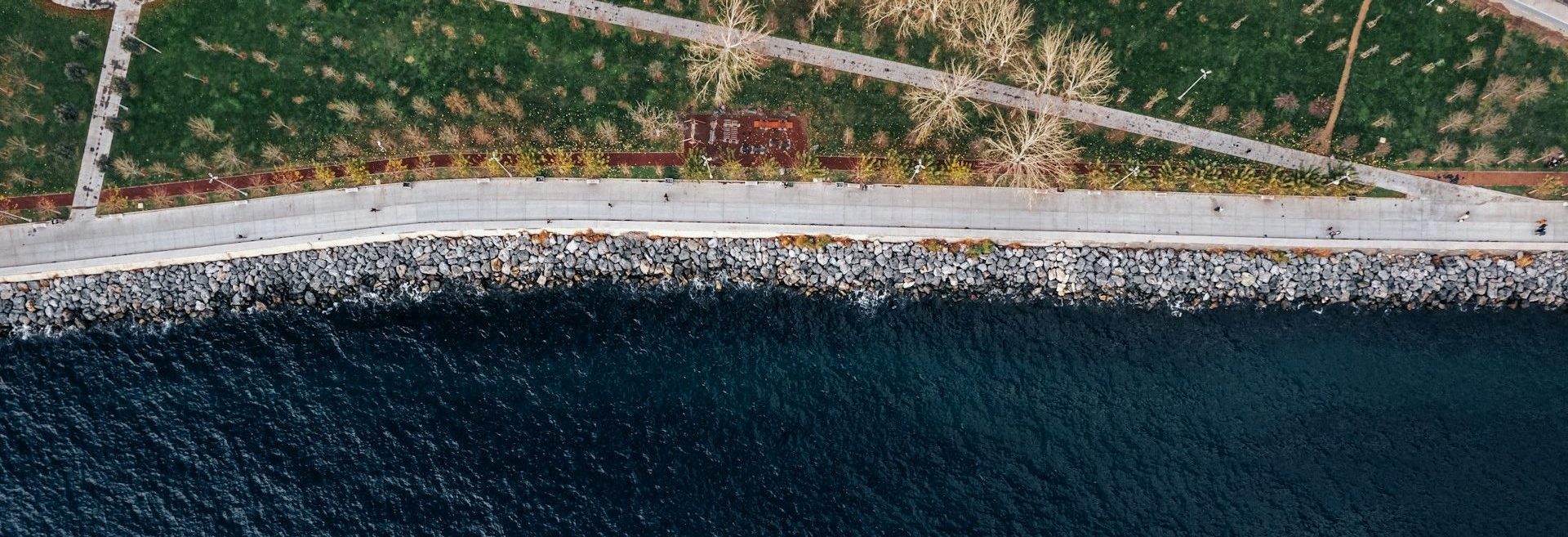“Europe is looking to the future with hope and determination. And the New European Bauhaus (NEB) fits perfectly into this outlook,” stated President of the European Commission, Ursula von der Leyen, in her 31 December 2020 State of the Union address where she launched the new environmental, economic and cultural project.
An attempt to shape Europe’s immediate and long-term future by combining design, sustainability and inclusiveness, the NEB emerged as a tool for adding a cultural and creative element to the European Green Deal; a way to support and showcase the power of sustainable innovation through the work of creative thinkers, creators, innovators, artists, scientists, engineers, architects, entrepreneurs, and trainers.
In this way, the hugely ambitious process of undergoing a green transition was recognized as requiring not only technological and scientific knowledge but also cultural and creative contributions.
“This is not just an environmental or economic project: it needs to be a new cultural project for Europe. This is why we will set up a new European Bauhaus…”
President of the European Commission, Ursula von der Leyen.
Scientists have been at the forefront of increasing awareness about the impact of our current economic system on the environment, which in turn has led to a huge rise in green technology, new materials and novel approaches to development. At the same time, if somewhat less obviously, there has also been a large uptick in recognition of the role of the interconnection between art and science: the co-creation of cultural and creative industries with tech-based and science-based ventures.
Initiatives such as The Cooling Solution, a project that unites research – led by the ENERGYA team at Ca’ Foscari University of Venice – and photography to investigate how people of different socioeconomic backgrounds around the world adapt to high temperatures and humidity.
“As a researcher, I soon realized that the scientific knowledge we were producing was too detached from the public,” says Enrica De Cian, Professor at Ca’ Foscari University of Venice and research scientist at Fondazione CMCC who was involved in the project. “We were pointing to the factors leading the world on a dangerous trend, but we were failing to push people to reconsider their lifestyles.”
By combining data with personal stories, the exhibition uses the communicative power of visual arts to make academic knowledge accessible to the wider public. Although this is not strictly connected to the NEB it embodies the mission of leveraging creative arts to facilitate a transition toward a fairer society that is inclusive, as well as environmentally, culturally, and economically sustainable.

Sustainability, inclusivity and beauty
Whilst originally focused on the built environment through architecture and design, the NEB quickly moved on to embrace design, art, new materials, science and technology, digital tools and computational skills, problem solving, innovation in decision making and in social processes, and many more sectors. In this way creative industries start to emerge as catalysts for development and innovation after decades of focus on traditional industries, first, and a strong service-oriented economy later.
After the announcement of the NEB in 2020, the EU put some flesh on the plans in 2021 by allocating 85 million EUR to the initiative in 2021. Largely funded through the Horizon Europe research programme, the LIFE programme for climate action and EU regional funds the NEB set to create a bridge between the world of science and technology, art and culture.
The three core principles of the movement are sustainability, from climate goals to circularity, zero pollution, and biodiversity; aesthetics, quality of experience and style beyond functionality; and inclusion, from valuing diversity to securing accessibility and affordability.
The original Bauhaus movement began with the belief that good design helps create a better world, encouraging a multi-disciplinary approach that fused art, craft and technology.
“All too often, art and culture are perceived as an add-on once the basic infrastructures of society have been put in place – like decorative icing on the cake,” says Merete Sanderhoff, Senior Advisor at the National Gallery of Denmark, in an interview published by Europeana. Sanderhoff believes that “In the New European Bauhaus, art and culture are fundamental to building truly liveable societies where we take better care of nature and each other”
“A chance for the cultural sector, in the widest sense of the word, to show that art and culture – and the liberating, participative forces inherent in making them digital – are key to building societies that are sustainable not only from a technical point of view, but also on a human level,” Sanderhoff concludes.

Creative industries are key
Celebrating the key role of creative industries in promoting sustainable values. An approach also embodied in the CMCC’s biennial Climate Change Communication Award which provides recognition for the world’s best initiatives that raise awareness about climate change.
For the award art is used as a way of representing cutting-edge results of climate science such as projections of future sea levels, trends in past glacial melt and the impacts of human activities on landscapes. New technologies, such as virtual reality, are employed to convey a clearer image of what the future of our planet will look like.
Not to mention the Foresight Dialogues, “Art and science towards climate action”, where artist and professor at University of Massachusetts Amherst (UMass Amherst), Carolina Aragón shared her unique perspectives and experiences in exploring the connections between art and science through climate change.
Once again these initiatives are not linked directly to the NEB but they do capture the same ethos of the New European Bauhaus Festival, which this year was held from 10 to 13 April 2024, and served as a catalyst for people working towards a more sustainable, inclusive, and beautiful future for Europe and beyond.
The winners of the festival were determined based on four categories: reconnecting with nature; regaining a sense of belonging; prioritising the places and people that need it the most; shaping a circular industrial ecosystem and supporting life-cycle thinking.
Among several panels convened at the festival the one entitled “Changes on the ground: success stories of the NEB” emphasized how the NEB can provide a common narrative to guide the repurposing of empty buildings on brownfield sites for cultural and community use, pointing at the example of the revitalization of the TUP factory in Dubrovnik (Croatia). This project, among 20 others, further shows how the NEB has inspired a strong grassroots movement and an active involvement of Member States, regions, and municipalities across the EU.






